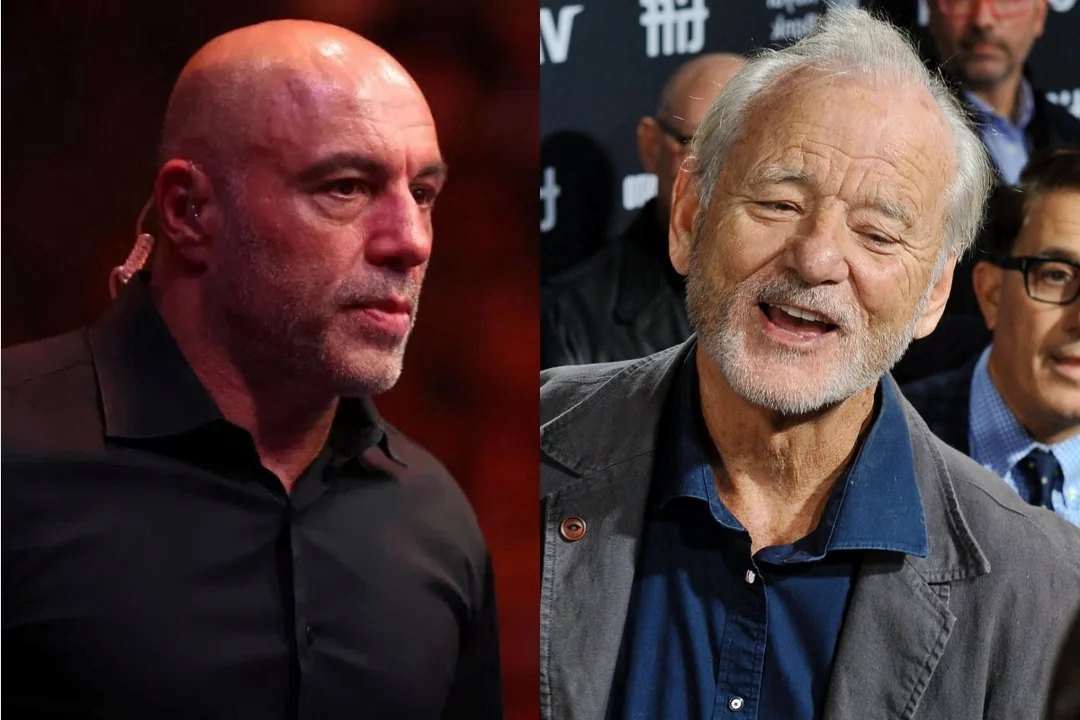Bill Murray was Right: The Washington Post Framed Richard Nixon
by John D. O’Connor
The following is an article originally published on American Thinker. Read it HERE.
__________________
In a recent podcast interview with popular host Joe Rogan, comedian Bill Murray complained about the false description he felt famous journalist Bob Woodward had rendered of Murray’s good friend, the late John Belushi.
As he expounded to Rogan on what he felt was Woodward’s gross inaccuracy, Murray mused that as a result, he began to think that President Nixon was framed by Woodward’s similarly false reporting during the Watergate scandal.
While Murray was not making a serious allegation about Watergate, in fact he was generally correct: The Washington Post did frame Nixon, causing the removal of a highly effective president who, like Donald Trump, was disliked more for personality than politics.
This accusation is not made lightly and is the subject of the book Postgate, which details this journalistic dishonesty. Space allows only for a partial recounting of the mountain of evidence Postgate presents.
Two weeks before the June 17, 1972, Watergate burglary arrests, the same burglary team had entered the Democratic National Committee (“DNC”) Headquarters in Washington, D.C., successfully wiretapping one phone. The line tapped, oddly, belonged to a low-level Democrat campaign official, not even a direct employee of the DNC.
The wiretap monitor, Alfred Baldwin, III, soon told the FBI that he had been listening to “explicitly intimate” conversations on that phone line. He later testified that nine out of ten people listening would believe the conversations were about prostitution (e.g., “sex and dinner to follow”), although he did not call it prostitution since, as an ex-FBI agent, he knew that money was not discussed.
One burglar was carrying the desk key of a secretary who was later identified as keeping information on the referral operation. Some suspect the information sought was pictures of the girls to be shown to the DNC visitors, who were to later speak on the phone to one of these young women to arrange evening activities.
The DNC lawyers soon learned this information and were authorized to share it with the Washington Post, which kept silent. At the burglary trial, the DNC hired a lawyer who successfully moved to quash that part of Baldwin's testimony characterizing what he overheard. The DNC’s General Counsel was also the General Counsel for the Washington Post.
The DNC’s own lawyer, after listening to a Baldwin interview, felt that the CIA was likely involved. So, too, had FBI agents suspected that the burglary was a bungled CIA operation. The burglary team’s leader, James McCord, admitted as much to his friend at the Metropolitan Police Department the morning of the arrests, only to retract this when the CIA’s strategy became denial and blame of the White House.
This author’s client, former FBI Associate Director Mark Felt, had been stymied in his attempts to determine if this was also a high-level Oval Office “dirty tricks” operation, when the Department of Justice refused to expand the grand jury testimony to reach that issue.
Felt, thus frustrated, met with his secret friend, Post reporter Bob Woodward, to publish his hypothesis that the burglary was an Oval Office dirty trick, hoping to get public outcry to expand the investigation. After an all-night garage meeting, Woodward published the sensational story, while keeping Mark Felt’s identity confidential, later referring to his source as “Deep Throat.”
But in his article, he described Felt’s ideas as FBI-proven fact, not the FBI’s hypothetical speculation. The article of Oct. 10, 1972, was a bombshell blowing open Watergate, and the rest, as they say, is history.
Months after Baldwin’s girl-centric testimony was blocked and the Court sealed related documents, in May, 1973, Deep Throat excitedly met Woodward in a garage for their last meeting.
Deep Throat explained with agitation that, “Everyone’s life is in danger!” because the CIA was threatening lives to avoid its exposure. But the Post did not print a word of this sensational revelation by this reliable anonymous source, the FBI’s Associate Director.
A day later, one Lou Russell, the “sixth burglar” of Watergate lore and a CIA contractor, loosened by habitual drunkenness and talking of writing a tell-all book, suffered a massive heart attack, claiming his heart medication had been exchanged for poison. He died soon after.
The Washington Post printed nothing about Russell’s death or his or the CIA’s connection to the burglary.
The following month, long after the public Senate Watergate hearings had ended, honest CIA security officers sent previously withheld CIA documents to the Senate, strongly showing CIA involvement in the Watergate burglary and coverup. Sen. Howard Baker, a minority Republican on the Committee, published a 49-page Minority Report devastating to the CIA.
But in these pre-internet days, the Post, confident no one would read the report, could with impunity write dishonestly about the bombshell: nothing to see in the Baker Report.
To this day, few citizens know the true story of Watergate and how a newspaper affiliated with the Democratic National Committee defrauded a nation and caused the only removal in our history of a sitting president.
So, our country’s thanks for calling attention to Nixon’s framing should go to an unlikely pundit on Nixon and Watergate: Bill Murray. But as in Groundhog Day, the false story of Nixon’s guilt continues to be reported repeatedly, and we continue to face weeks of journalistic winter.
__________________
John D. O’Connor is a former federal prosecutor and the San Francisco attorney who represented W. Mark Felt during his revelation as Deep Throat in 2005. O’Connor is the author of the books, Postgate: How the Washington Post Betrayed Deep Throat, Covered Up Watergate and Began Today’s Partisan Advocacy Journalism and The Mysteries of Watergate: What Really Happened.
